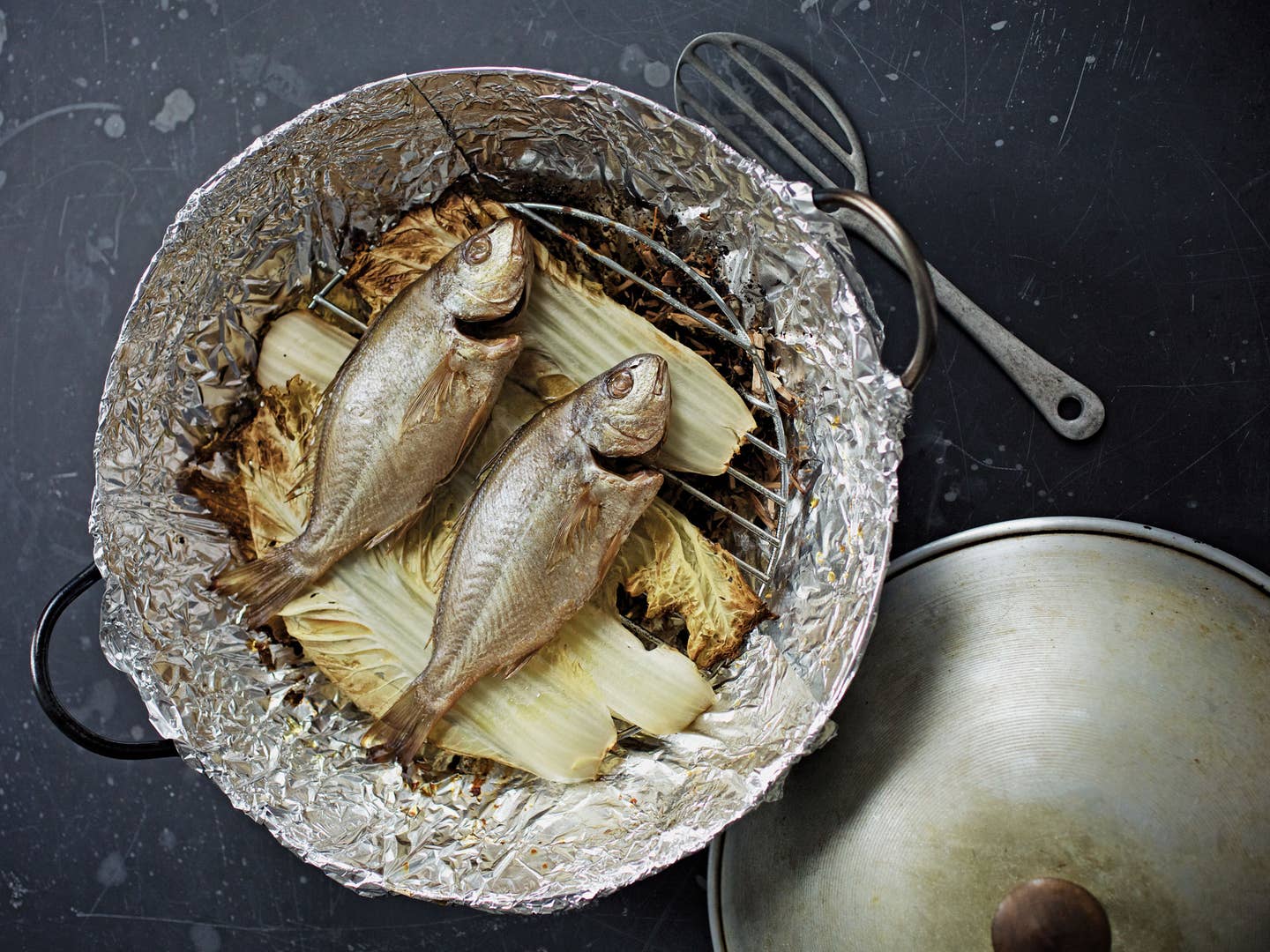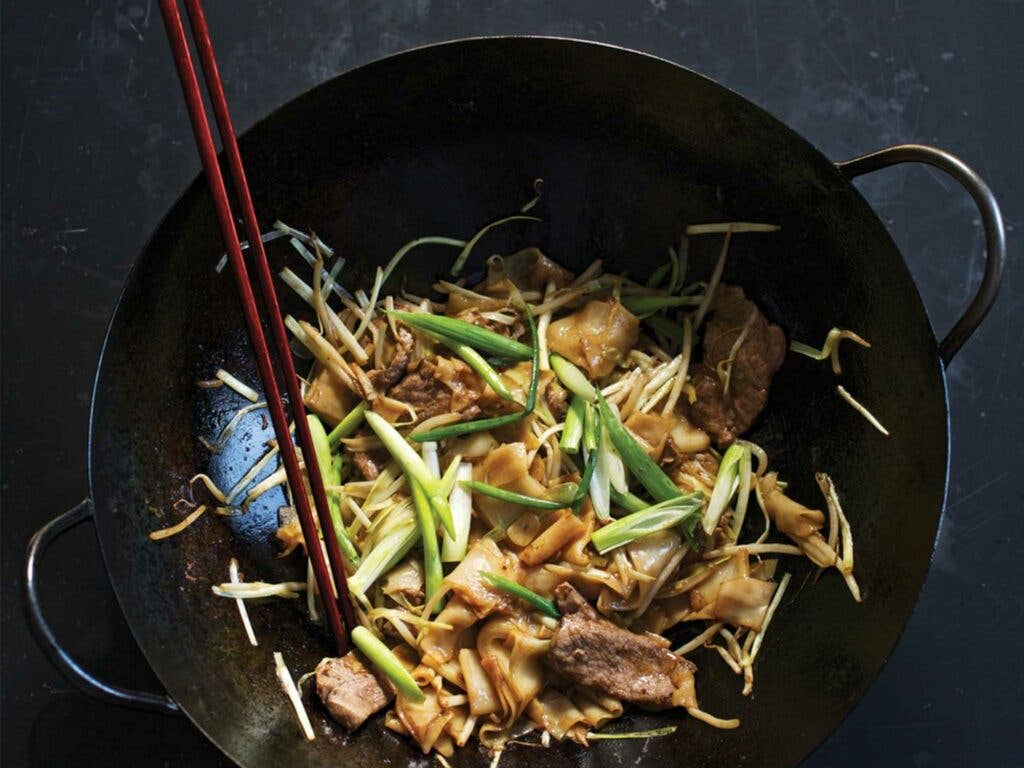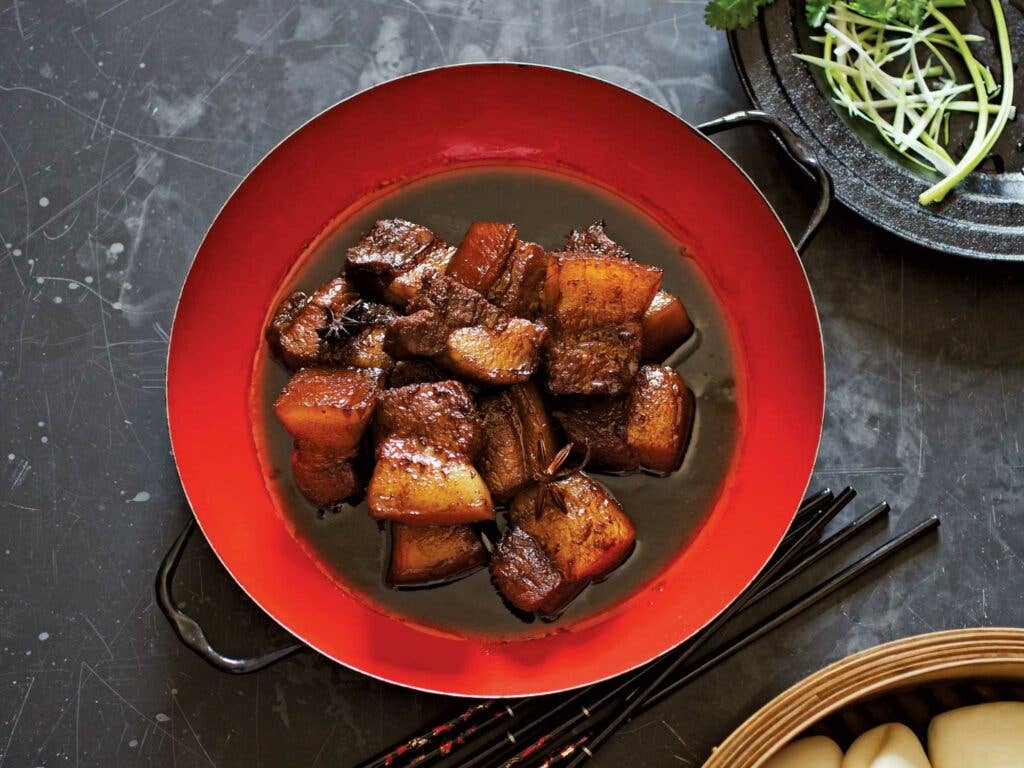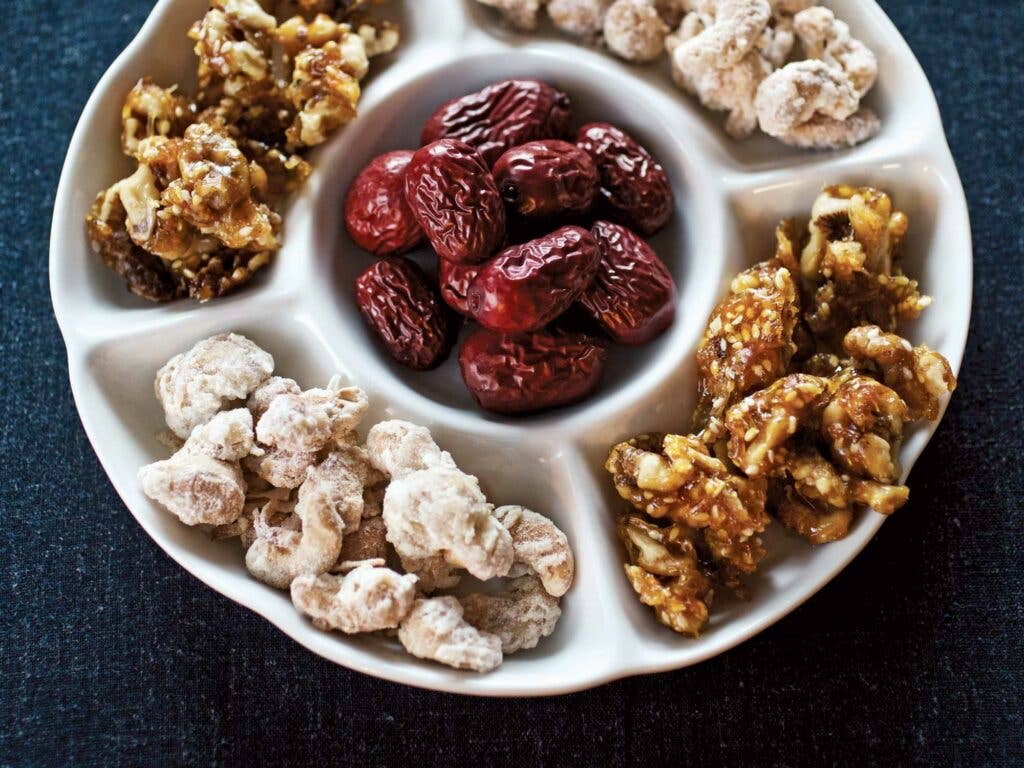
4 Ways to Upgrade Your Chinese Food at Home
Cookbook author Kian Lam Kho on the building blocks for better stir fries and more
For Kian Lam Kho, Chinese food isn't about sesame chicken; it's all about technique.
"If you want to learn European cooking you start with French and go into Italian and other cuisines," says Kho, who moved to Boston from Singapore in the 1970s. But "all Asian cooking is influenced by Chinese cooking. In the East, we see Chinese technique how the West sees French technique." It's a point he's been making for 10 years, ever since he launched the website Red Cook in 2006.
His new cookbook, Phoenix Claws and Jade Trees: Essential Techniques of Authentic Chinese Cooking, explores the cuisine he's cooked for 40 years from that technical perspective. "I believe that the cuisine is easiest to learn by technique. I think it's important to know the exact reason why we do things the way we do them."
When Kho first started writing, he figured he'd be catering to an American audience interested in learning about Chinese food. But he soon found a much larger community of second and third generation Chinese- and Asian-Americans who were also unsure about how to cook the food they grew up eating. He started writing relatives in Singapore for recipes and instructions. "I also started buying Chinese cookbooks when I would go back home," he says, "and I learned there is a formalized set of cooking techniques people weren't talking about in the West."
The recipes in Phoenix Claws and Jade Trees are divided by technique, then divided again into even smaller concepts that form a dizzying mosaic of one of the world's oldest cuisines. To help us jump right in, Kho spoke with us about some of the most essential—and for many, surprising—techniques in the Chinese canon.
"Velvet" and "Pass Through" for More Tender Meat

Stir-frying is the most recognized Chinese cooking technique in the world, and Phoenix Claws goes into five distinct kinds of stir fry you can make. But one of the most useful procedures is velveting meat—coating it in cornstarch—before passing it through a small amount of hot oil, which makes for more tender meat than if you just seared it in a pan.
"The velveting mixture," Kho explains, "is simply moistened starch with or without the addition of egg white. Cooking starch-coated meat or vegetables briefly in hot oil helps trap moisture and flavor, and it can also lead to a less greasy stir fry. Once you pass your velveted meat through the oil, drain the meat and discard the oil, then cook the rest of your ingredients, adding the meat back in close to the end. You'll need less oil to finish the stir fry and your meat won't need to spend much longer in the wok.
Embrace the Long Cook

Stir-frying is all about speed, but slow-cooking has a long and proud history in China, and Kho identifies five kinds of slow-cooking in his book. "The singular term 'braise' in Western cooking," writes Kho in the book, "is inadequate for describing the distinctions the Chinese make in cooking temperature, length of cooking time, and flavorings added to the sauce."
The best known of the slow-cooking techniques is red-cooking: simmering food in soy sauce, cooking wine, vinegar, and spices. "Red-cooked pork was served at least once a week at home when I was growing up in Singapore," Kho notes. "Successful red cooking depends on properly controlling both the temperature and the time"; the spices depend on the ingredients, too. But as long as you keep things at "a slow, constant bubbling of the liquid," this is a technique to apply to everything from pork belly to eggplant.
Turn Your Wok into a Smoker
"For centuries," Kho writes, "before the advent of modern household technology, cooking in China was done on wood-burning stoves." These stoves were designed with openings on the top that could accommodate woks, and had ventilation systems to allow smoke to escape. It became common practice to hang meat and smoke or preserve it in this smoke as it left the stove. And many Chinese cooks have adapted their woks to become miniature smokers.
"A wok with a metal steaming rack and a cover readily converts into a practical smoker," Kho notes. (Just be sure to wrap the inside well with aluminum foil to protect your cooking surface.) Chinese cooks smoke fish, like yellow croaker (pictured above), eggs, poultry, and tofu, and they flavor them with the aroma of smoked tea leaves, rice husks, and bamboo leaves. Place those flavorings at the bottom of your wok and put it on high heat; suddenly your stovetop is a self-contained smokehouse.
Candy Nuts and Fruit for Savory Dishes

"There is no such thing as a dessert concept in China," says Kho. "Traditionally, fruit is the closing of the meal." But international trade brought new ideas and ingredients to China—sugar cane being one of them—and Chinese cooks started experimenting with techniques like sugar-coating: heating sugar to 250 degrees to drape over fruit and nuts. "Now these sugar-coated nuts and fruits accompany savory dishes sometimes," such as the candied walnuts that accompany fried shrimp at banquets.
Keep Reading
Continue to Next Story










